This day could prove to be fruitless, or it could be a day when my visual sense is tickled with pleasure. The first two pictures you see are of one of the Hard Maple logs that I dropped five years ago. I left them to decay on the floor of the forest, hoping for the spalting process to do its thing. Seeing just how decayed they were, I thought that I had left them rotting for far too long.
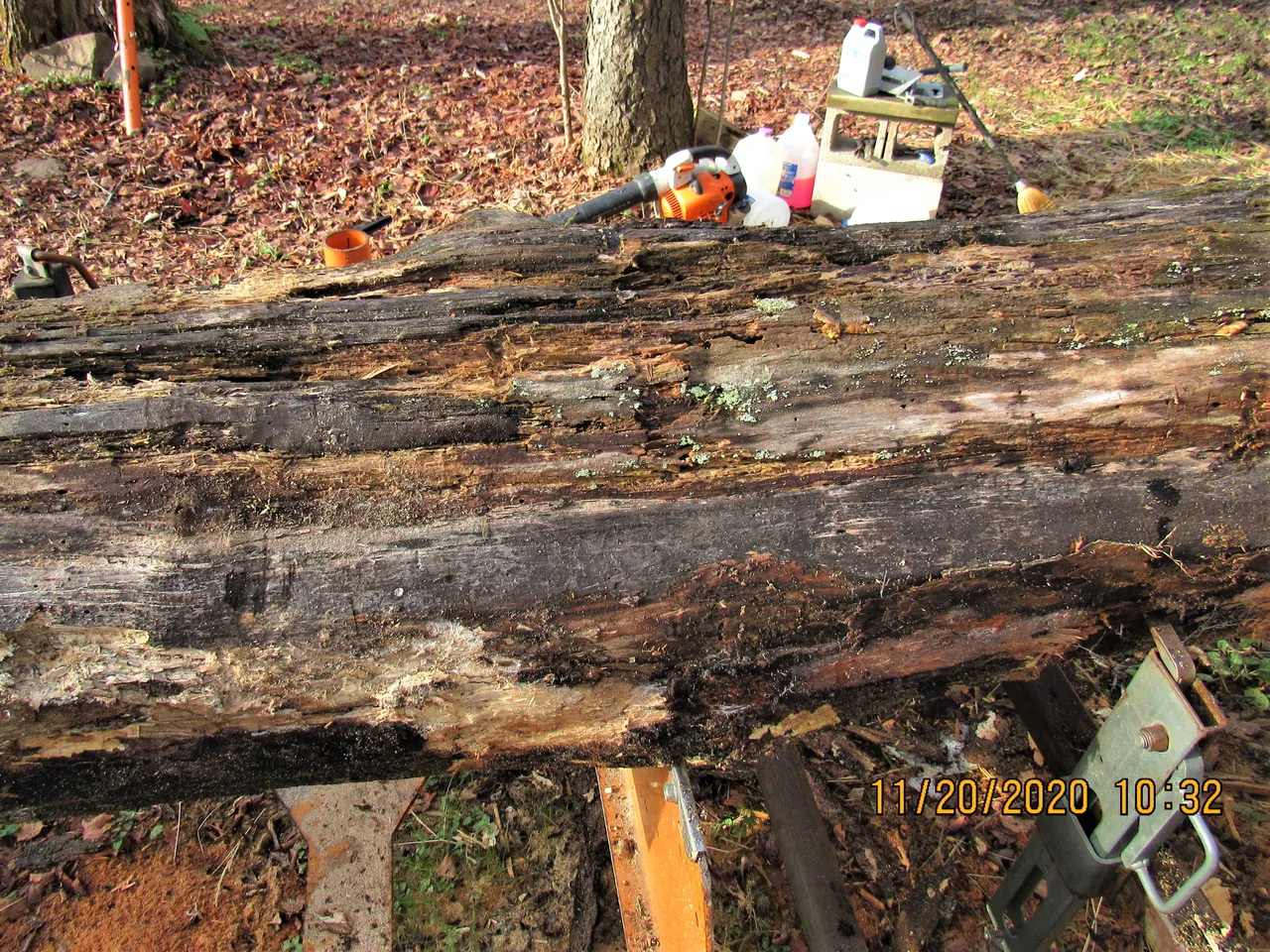
It was not looking good. As I tried to secure the bolt of wood to the deck of the mill, I couldn't find a solid enough piece of the log for the dog to bite into. After several attempts to secure the dog to the log, bingo, I had found what I was looking for, solid wood.
This still didn't guarantee that the wood hadn't lost all of its integrity and would be worthless.
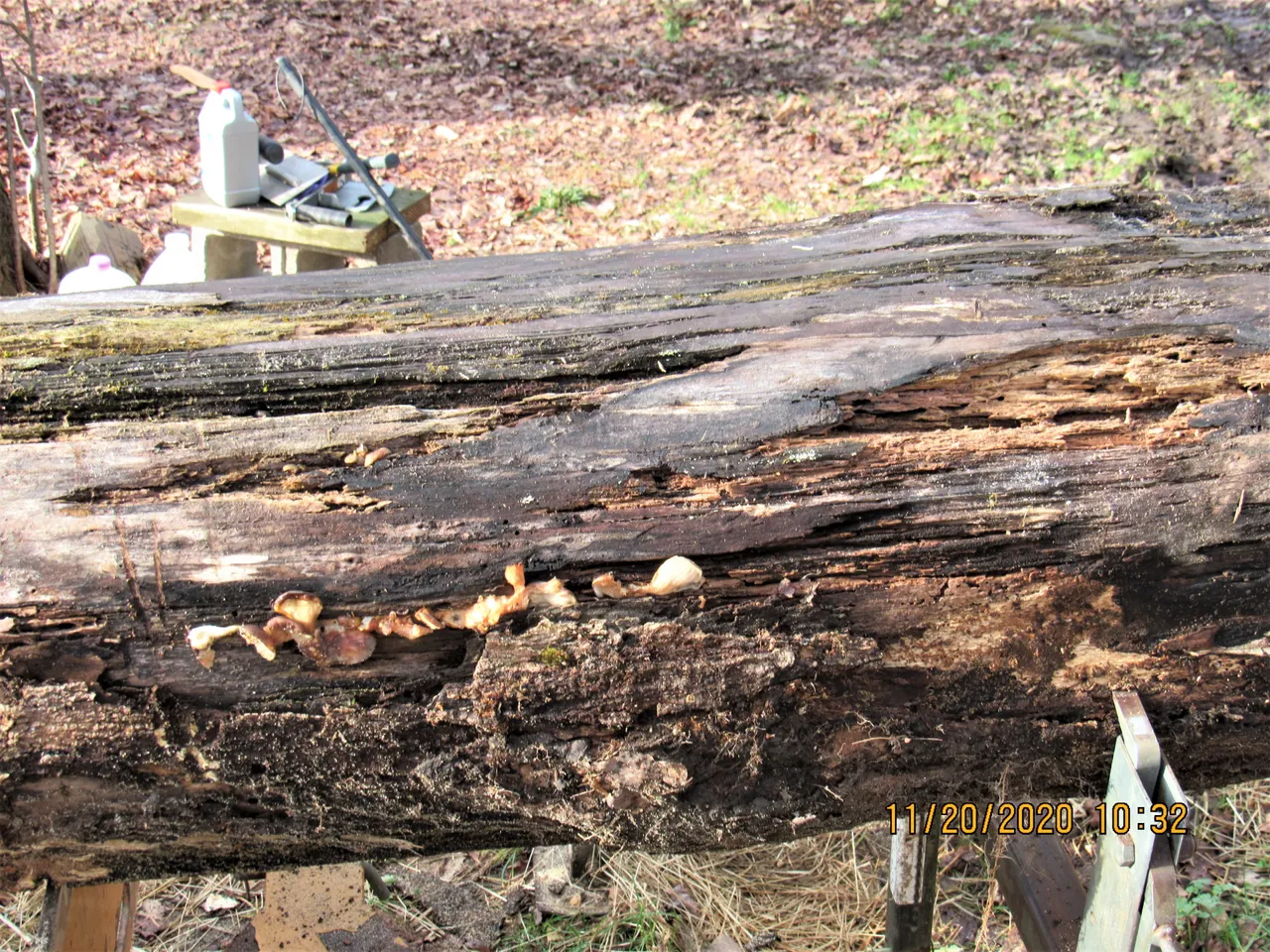
The only way to determine that was to mill the bolt.
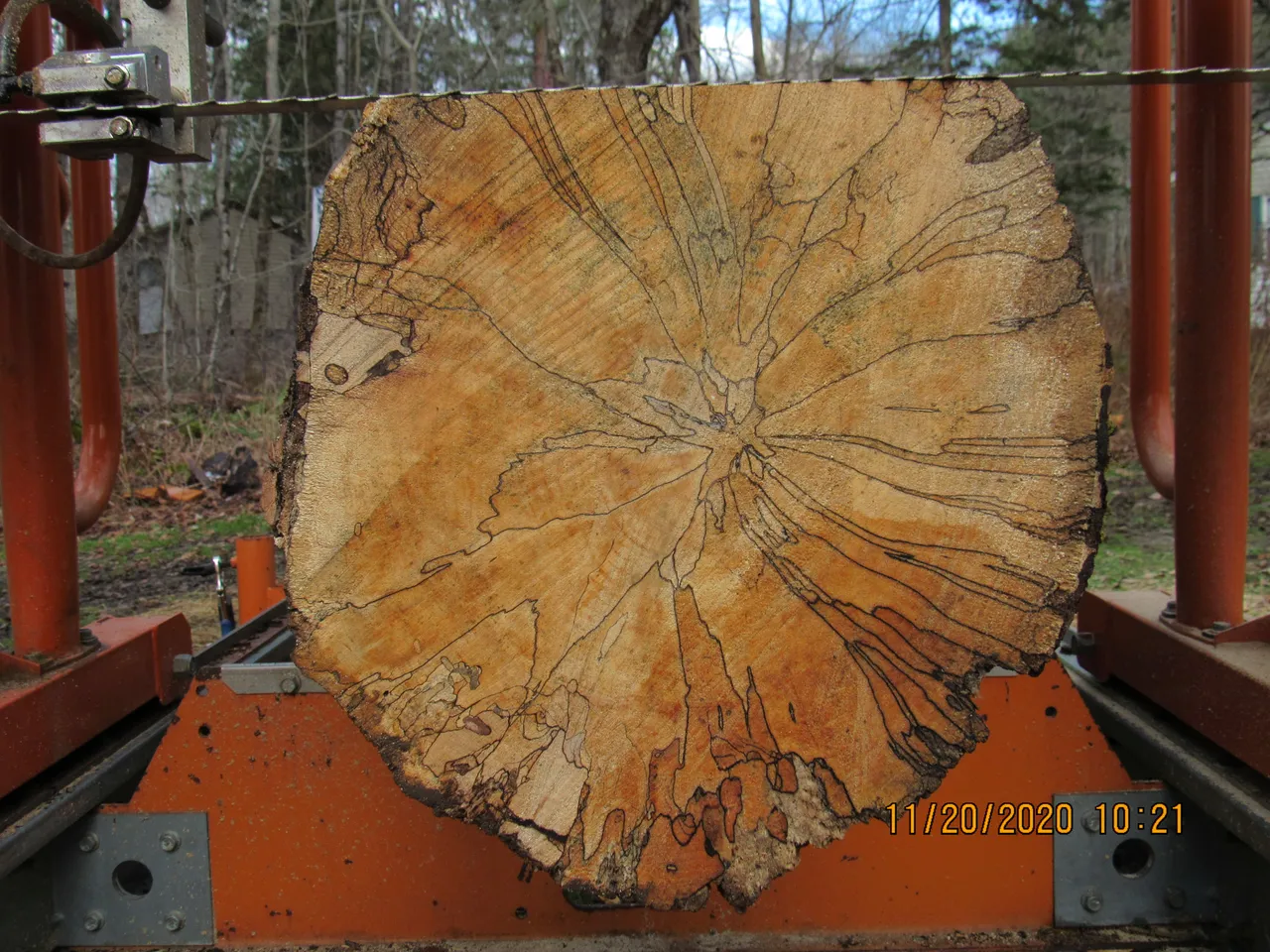
After making the first pass with the saw, and removing the slab wood which was still hiding the interior of the log, I realized that things on the inside were looking much better than they were looking on the outside. 😀
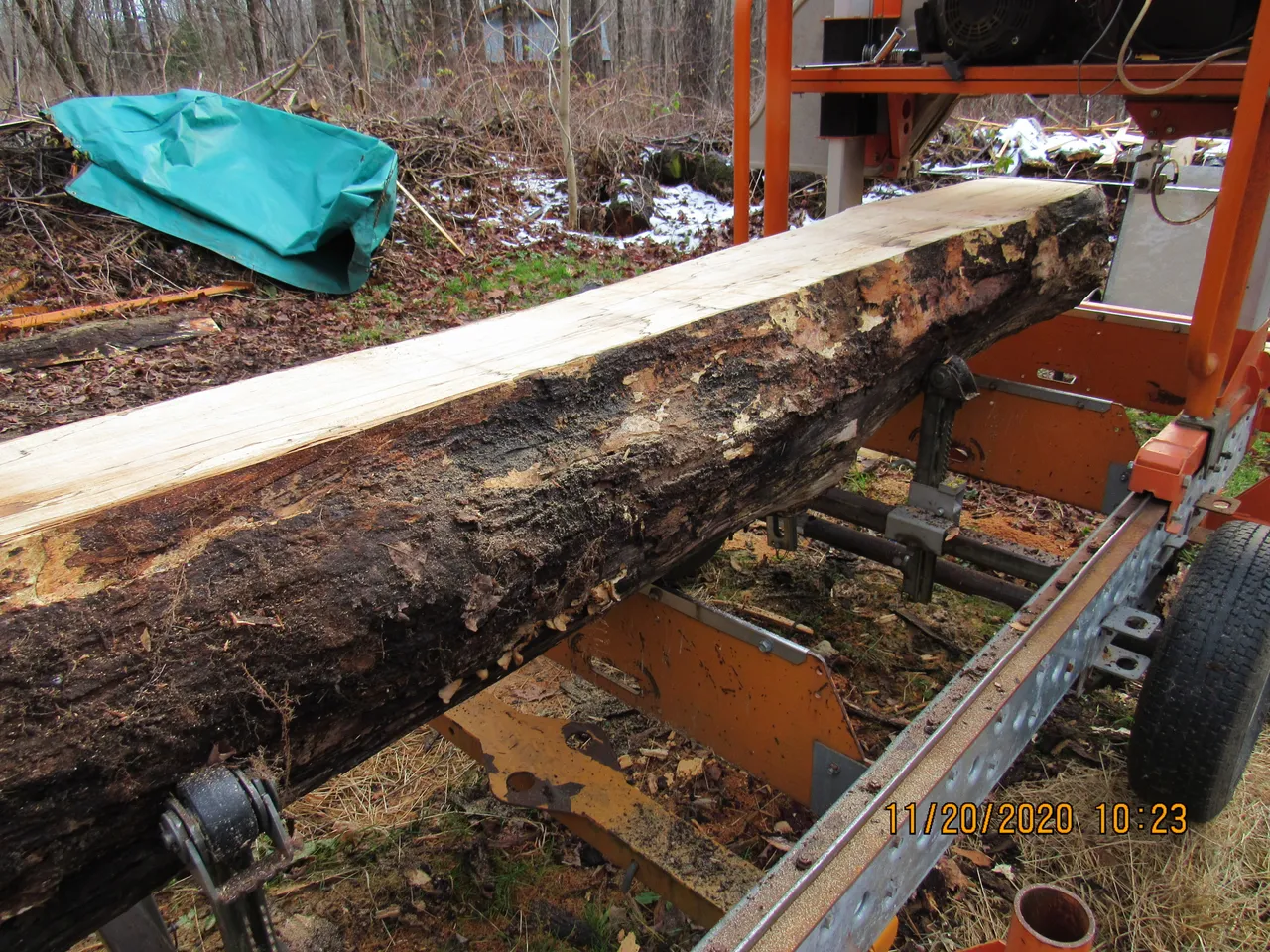
The last time I milled, by the end of the day I could tell that the saw blade was getting dull. As soon as you see that the board has waves in it, and the cut isn't as level as the cut you see in the above picture, it's time to change the blade on the mill. You may also see some fraying of the wood along the edges of the board when cutting with a dull blade. This is also an indication that the blade needs to be changed.
Changing the blade only takes a few minutes, after which the cuts will once again be perfect.
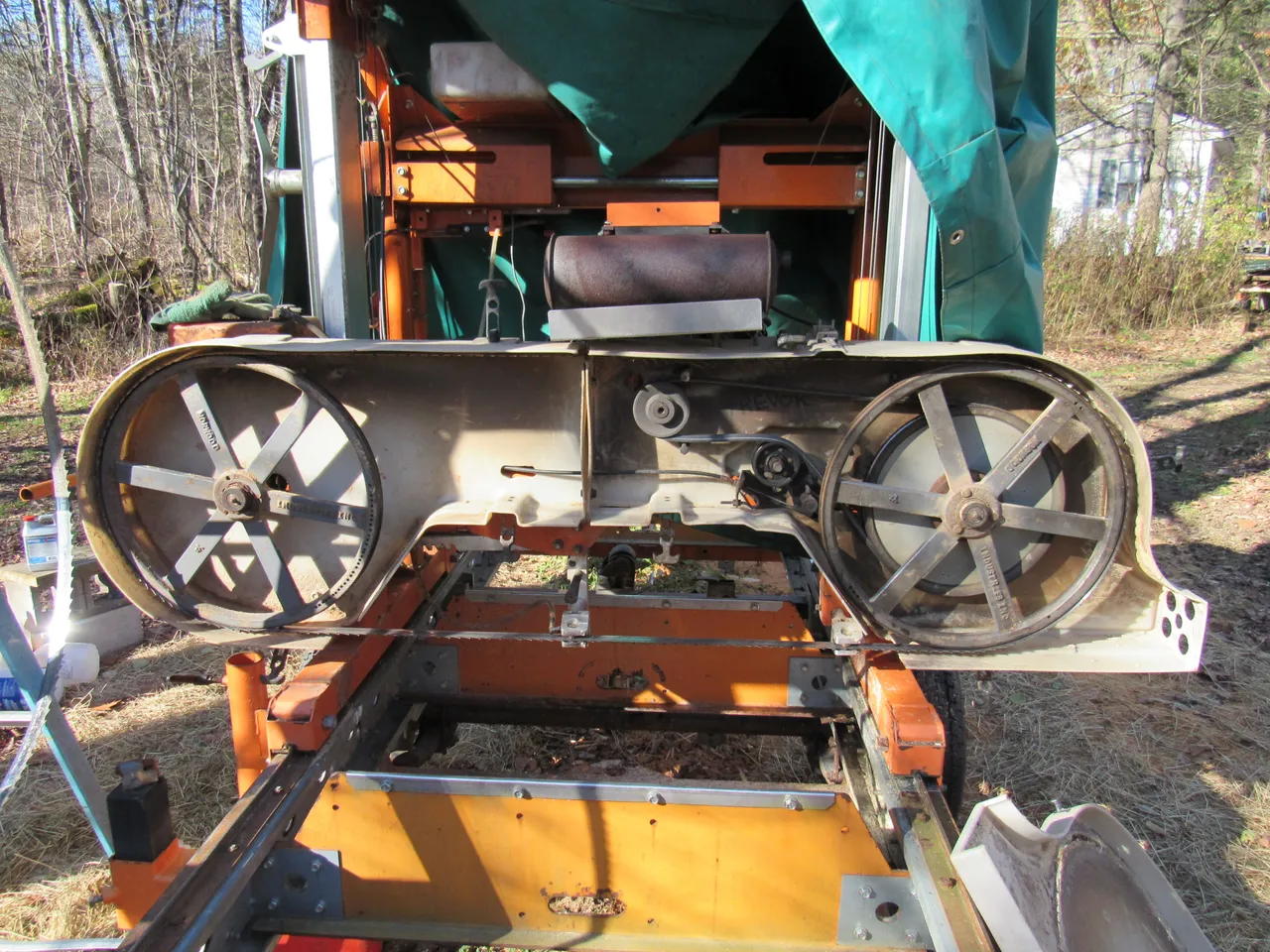
Every time I flipped the bolt and made another pass with the saw, the hidden beauty of this decaying Hard Maple log was exposed, and I became even more excited!
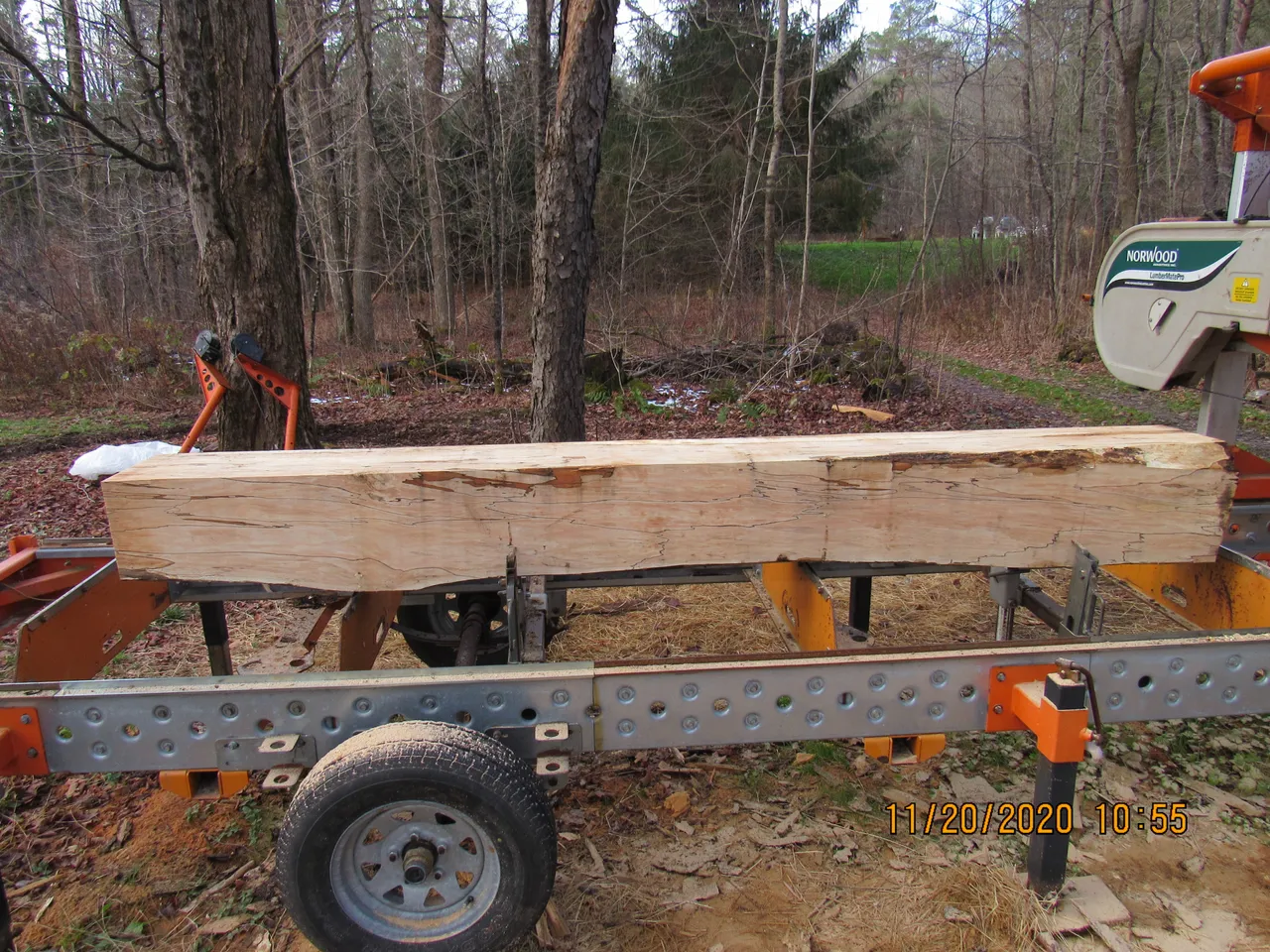
With three sides squared off, the colors and blue streaks became even more vivid.
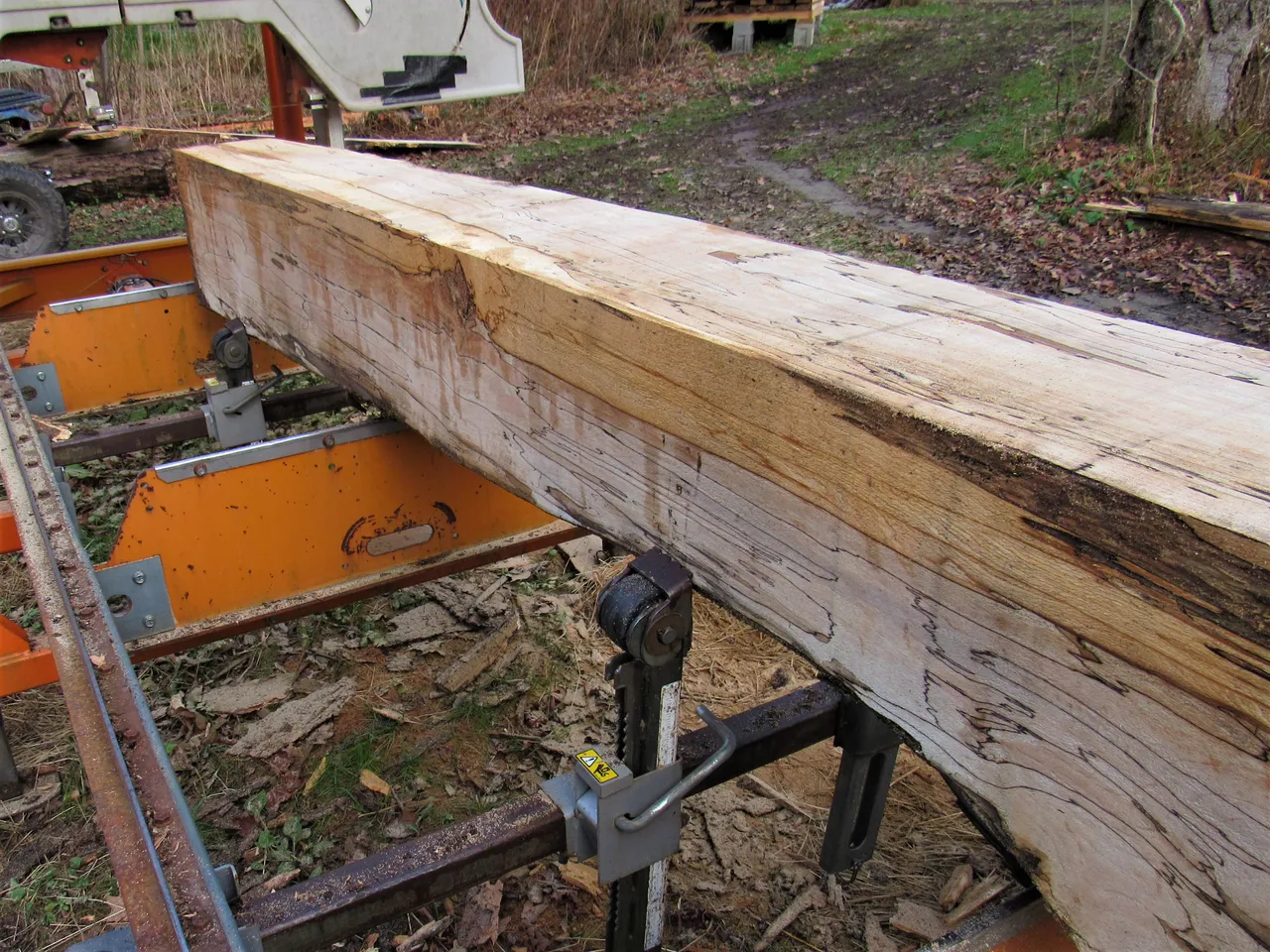
Guess what happened next? @farm-mom decided to check out the operation. She was looking more beautiful than the beauty produced by Mother Nature. I guess natural beauty will always catch your eye!
Did you catch her shirt??
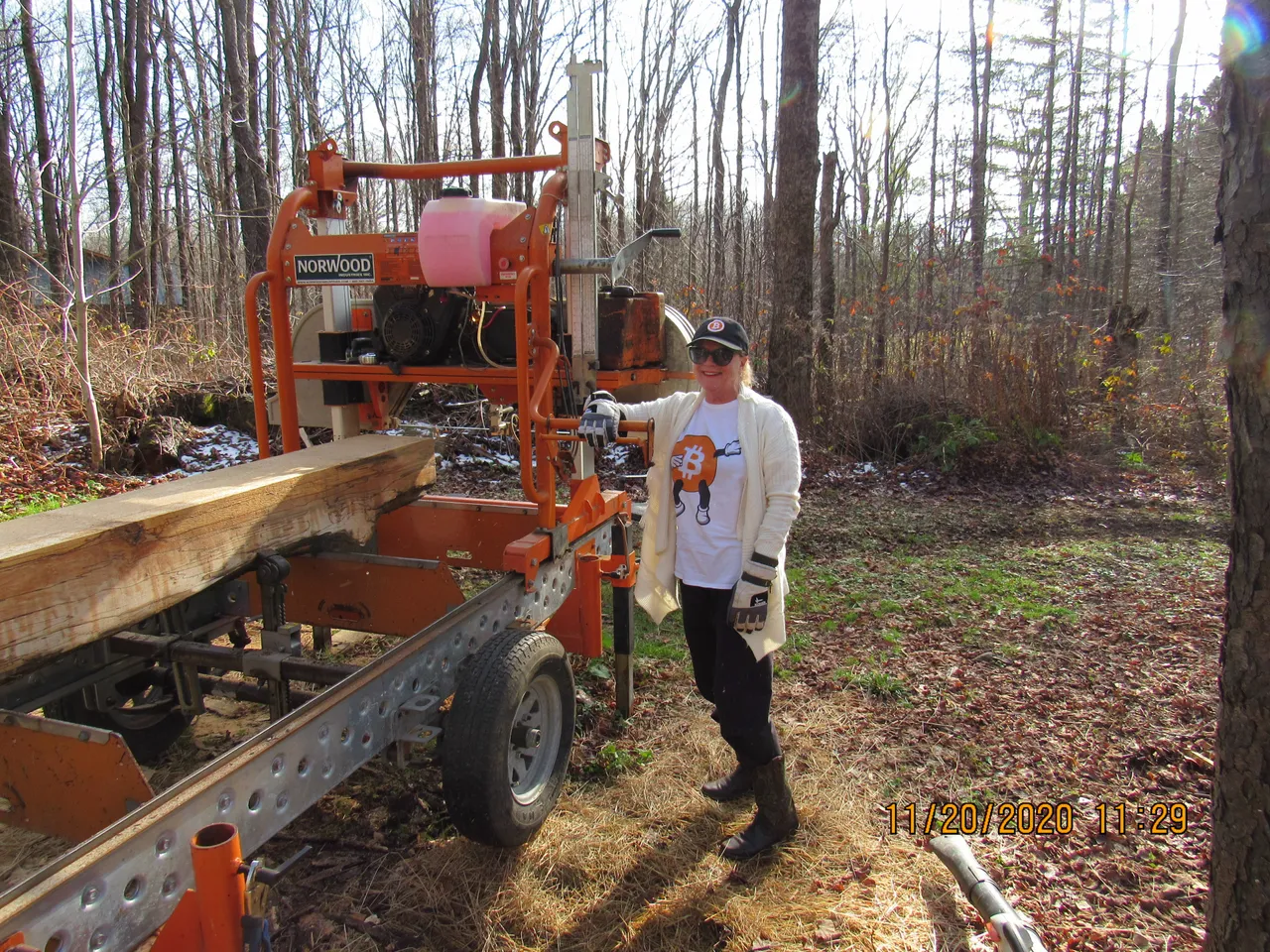
And dig this, she wasn't here to just say hello, or bring down a drink or something to eat.
The evening before I invited her to join me and do some milling, and she took the bait.
Now I couldn't put her right on cleaning the boards, which is not nearly as much fun as cutting them,
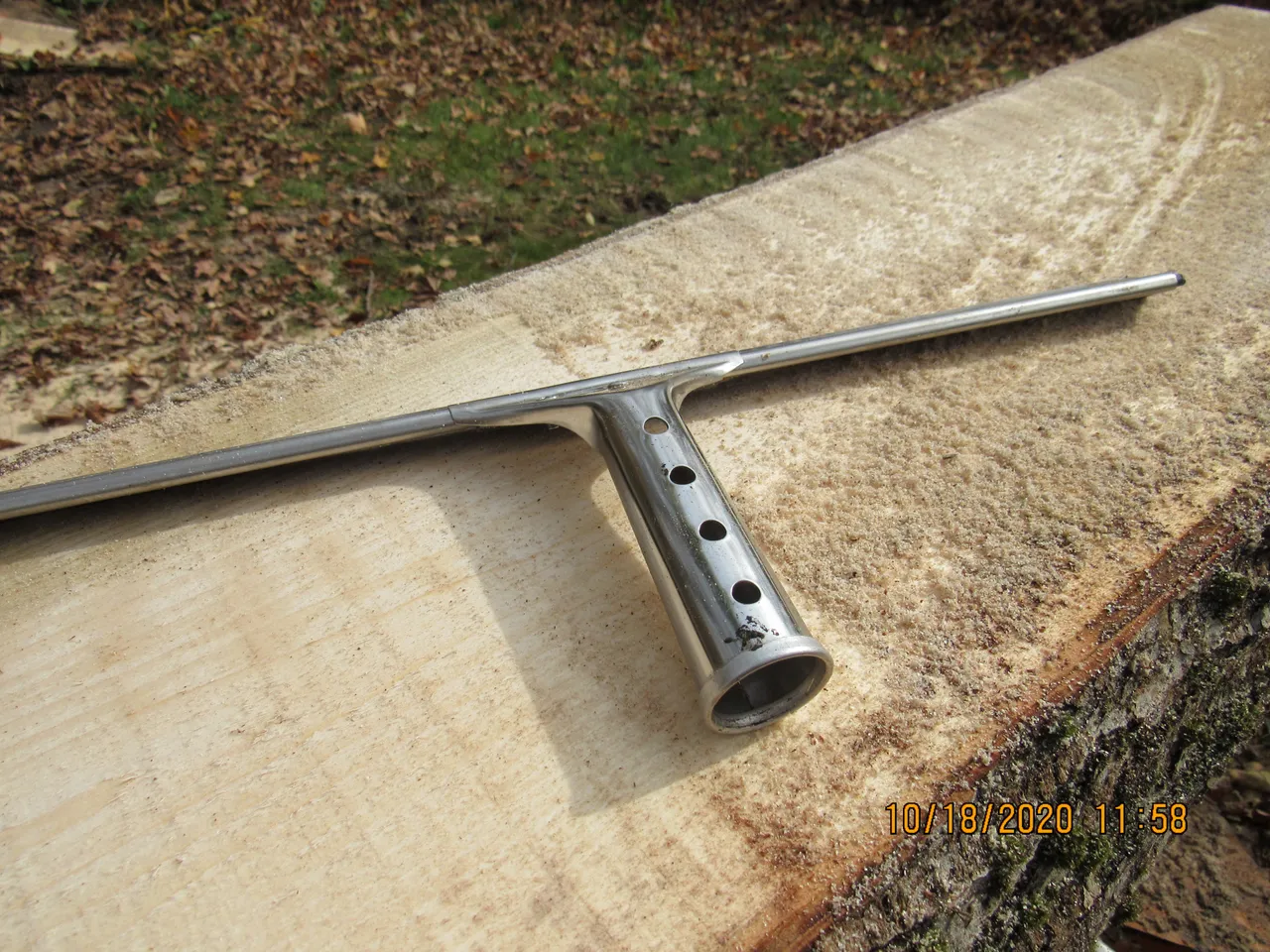
so with everything set and ready to go, I gave her some very brief instructions, and she became the sawyer. Until you operate the mill for a while, it can be somewhat intimidating, I was surprised she jumped right on the opportunity to put me out of work. What was I thinking, now I'll be cleaning all of the boards? 😥
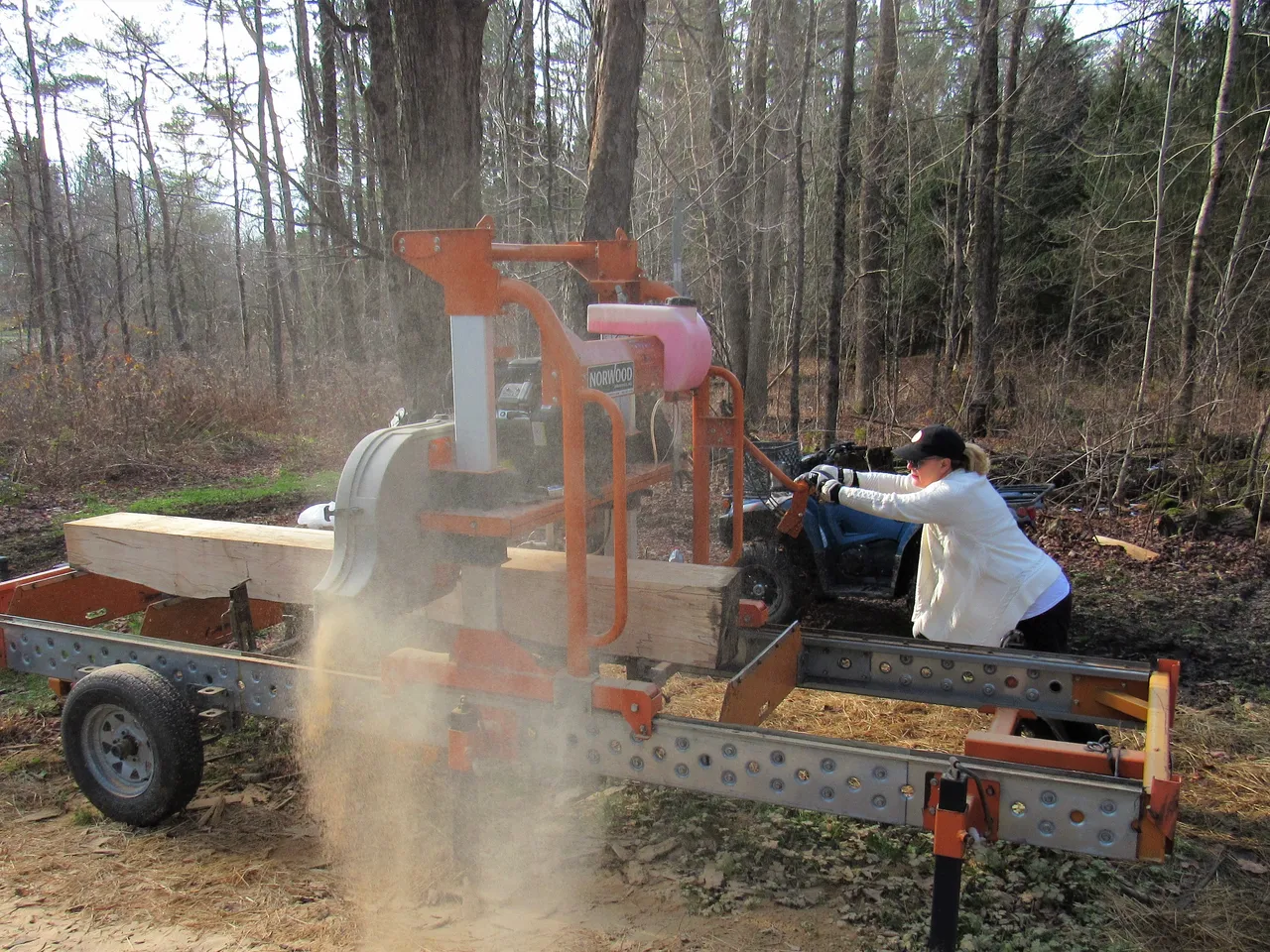
Now that she has the hang of it, I've got a partner in crime,
at least that's what I thought.
Immediately after making her second cut, she informed me that she was going shopping.
So off she went, saving us some money once again. That's her favorite line, I bought this on sale, I'm always saving you money.
I suppose you could look at it like that.
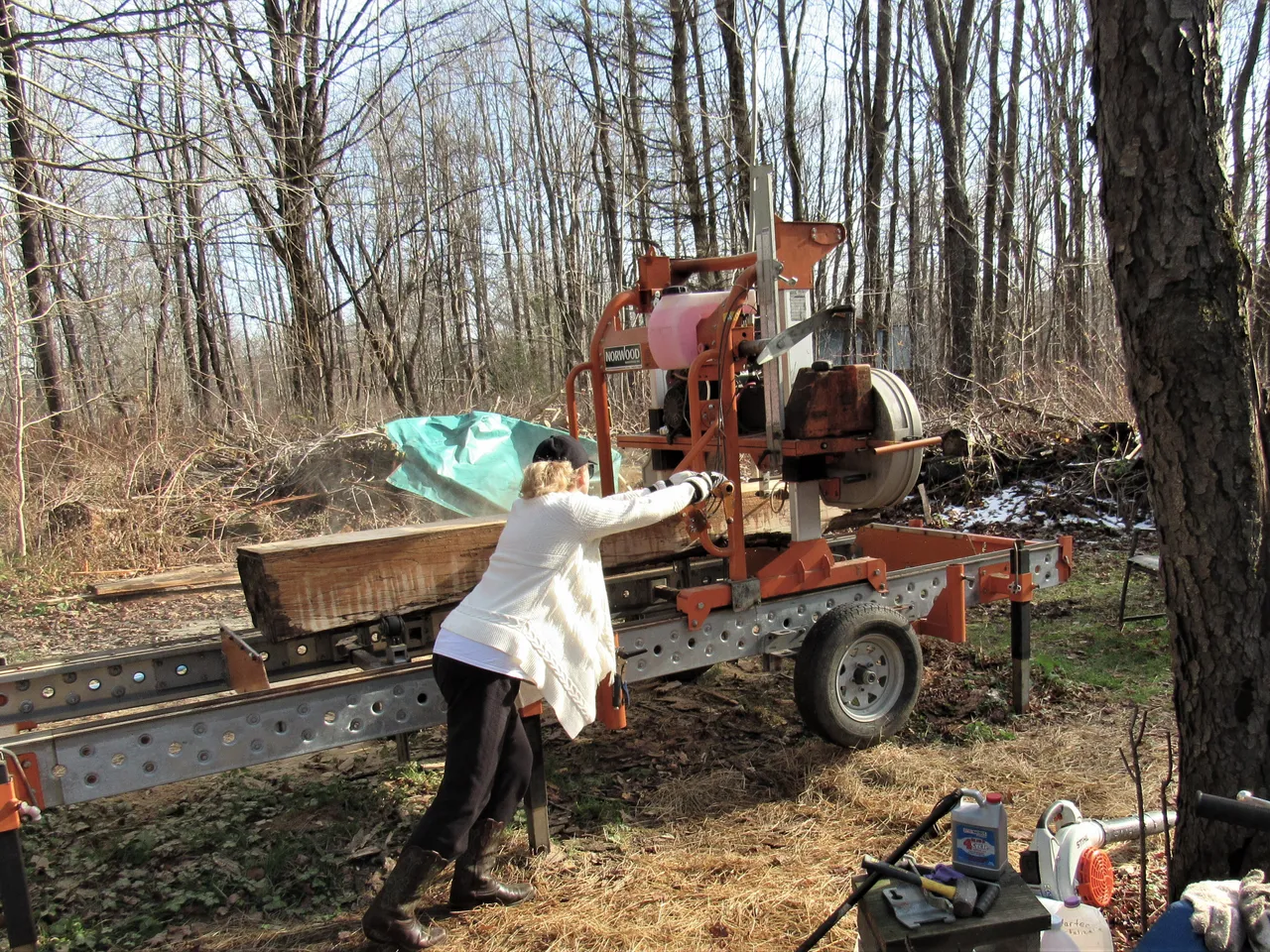
With #farm-mom out saving us some money, I went back to milling solo. Here are some pictures of the fabulous Spalted Maple boards that we cut that day, many of which were milled from this log.
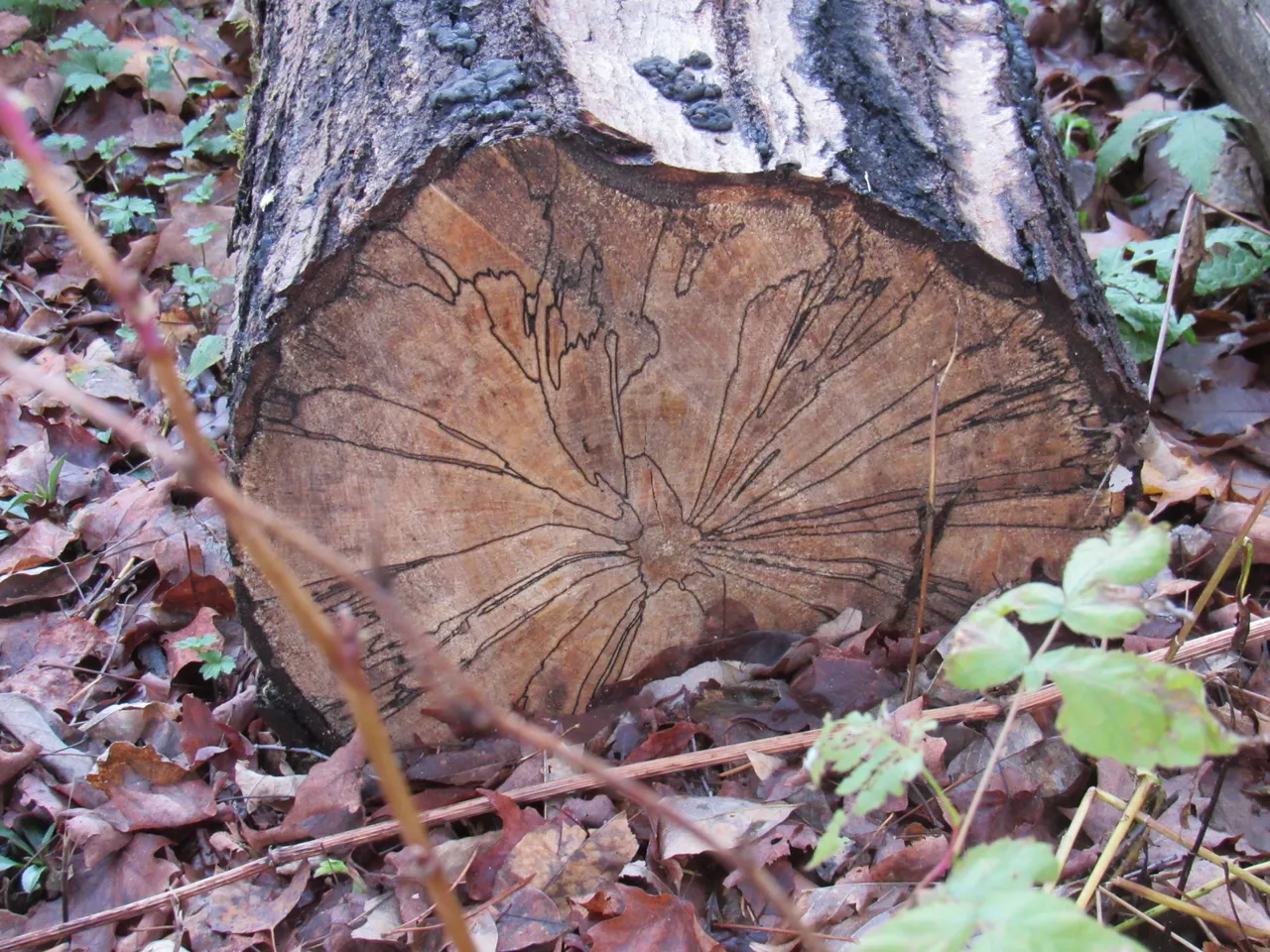
What do you think, was it worth the wait?
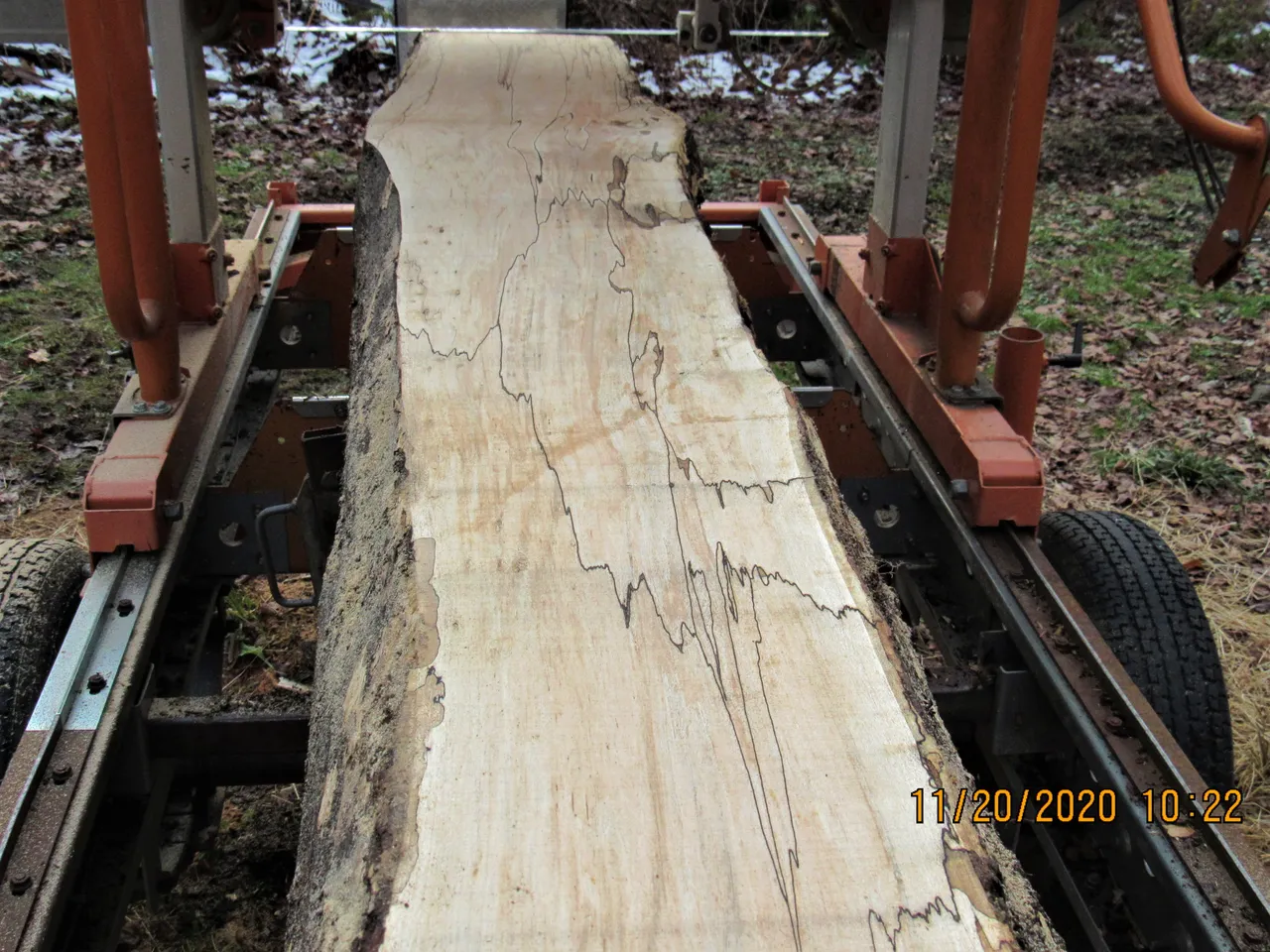
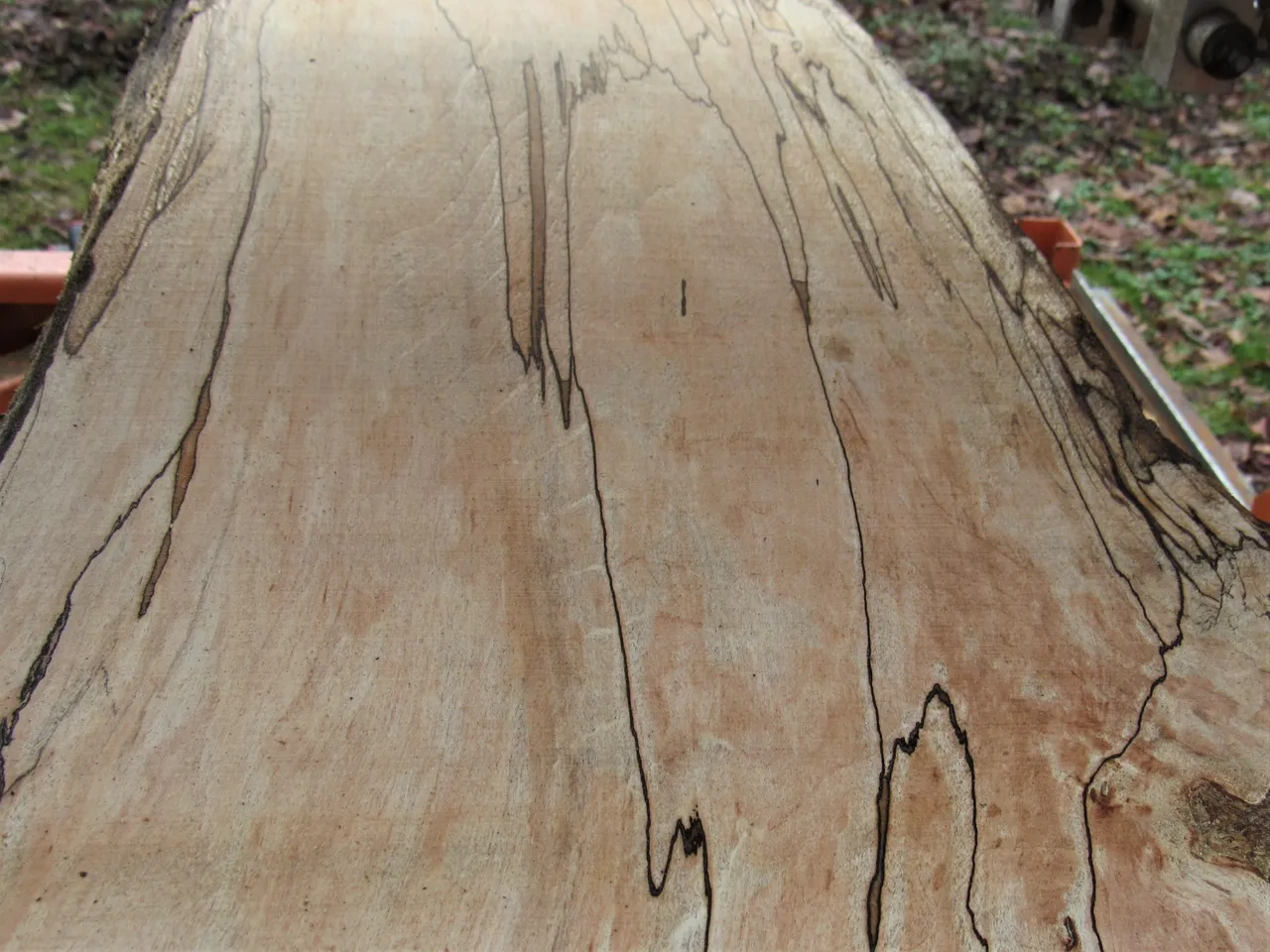

You would swear that some of the blue streakings found throughout this Spalted Maple lumber was the work of an artist using a Feather Quill pen.
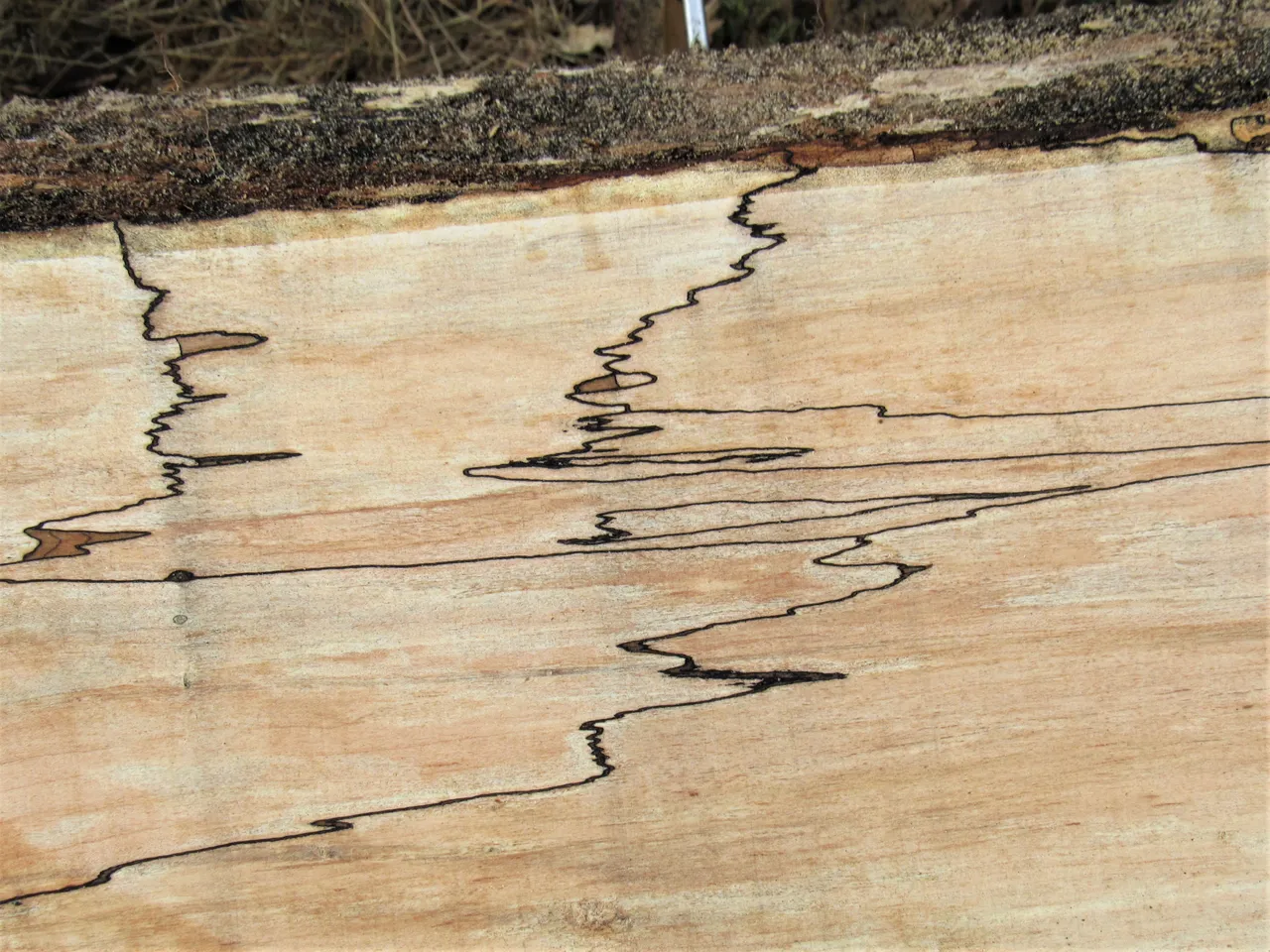
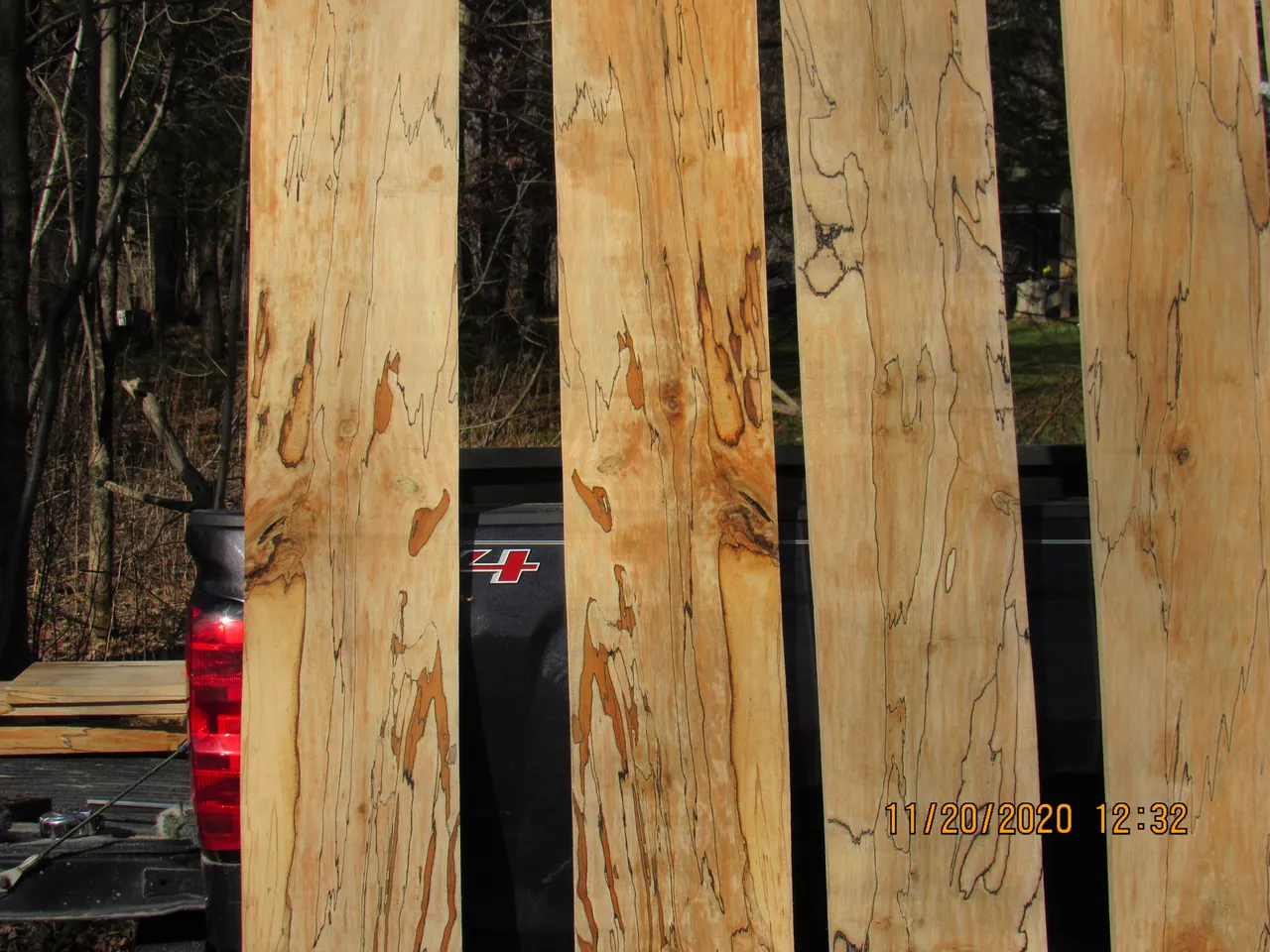
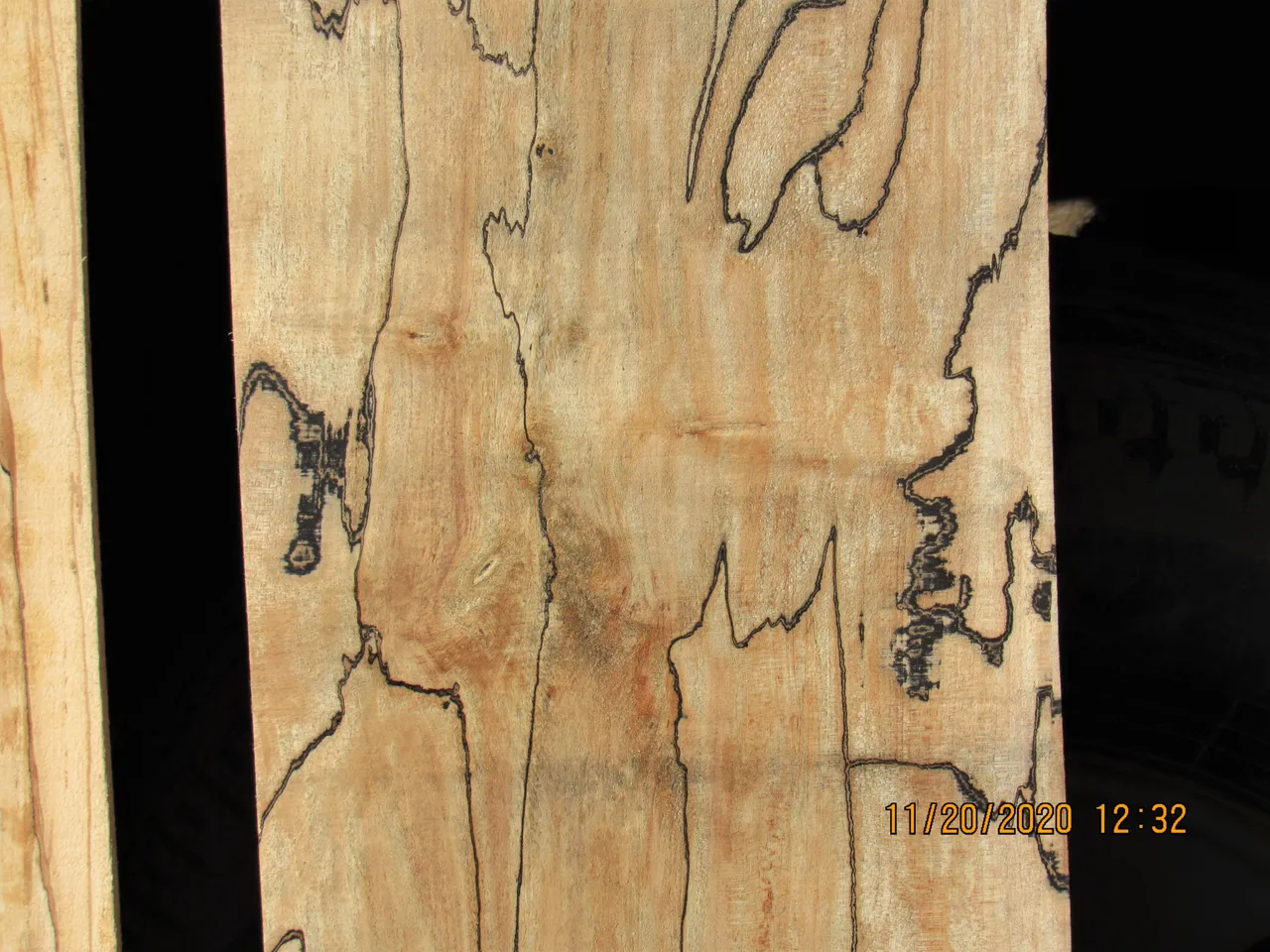

Since it was still early, I strapped another old log to the sled and positioned it on the mill, hoping it would produce the same quality Spalted Maple as the first log.
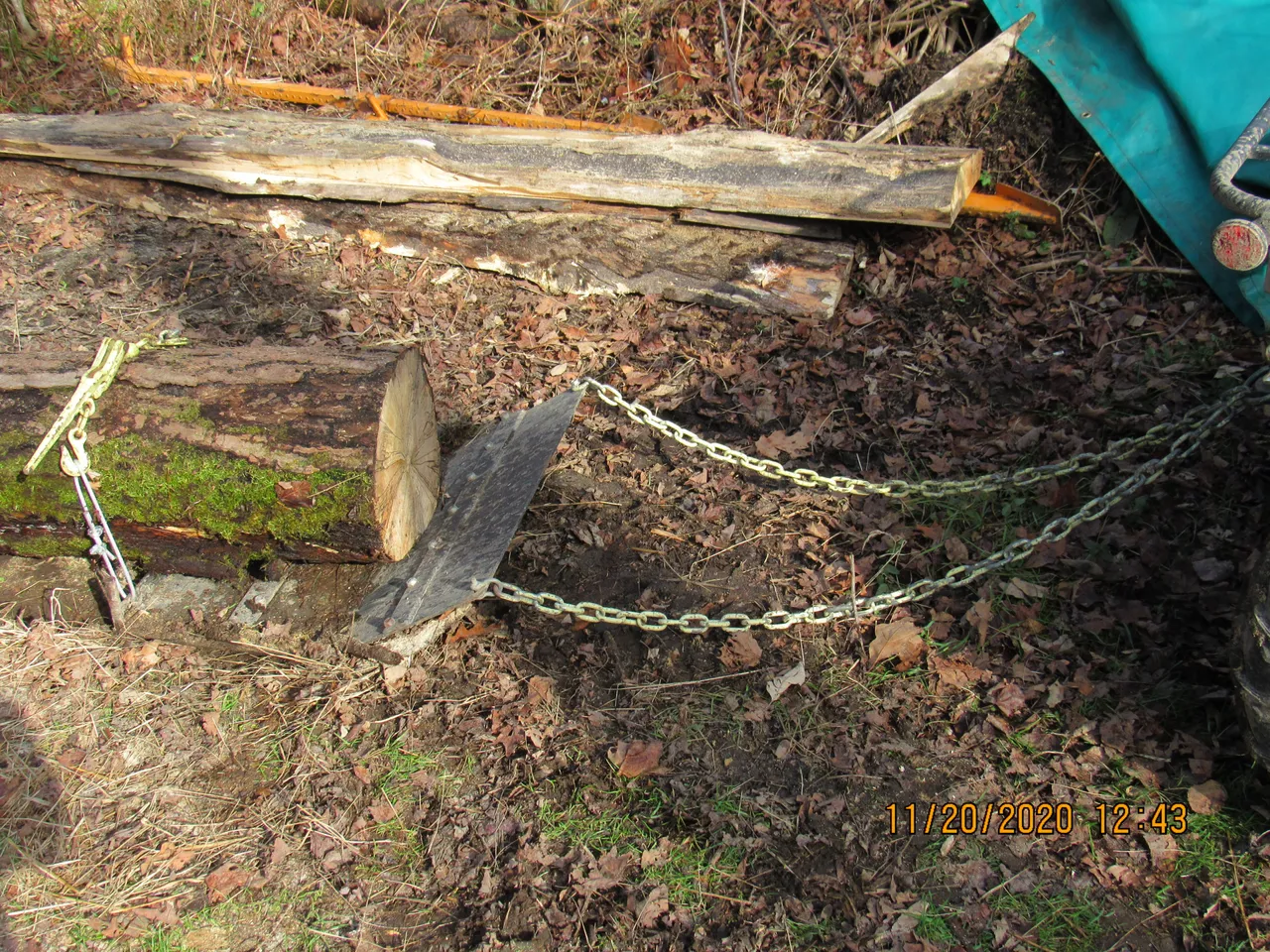
By the end of the day, we had milled just over 150 board feet of Spalted maple, sometimes referred to as black line maple. This type of maple is not a distinct species of maple; spalting is a fungal discoloration caused by partially decayed wood.
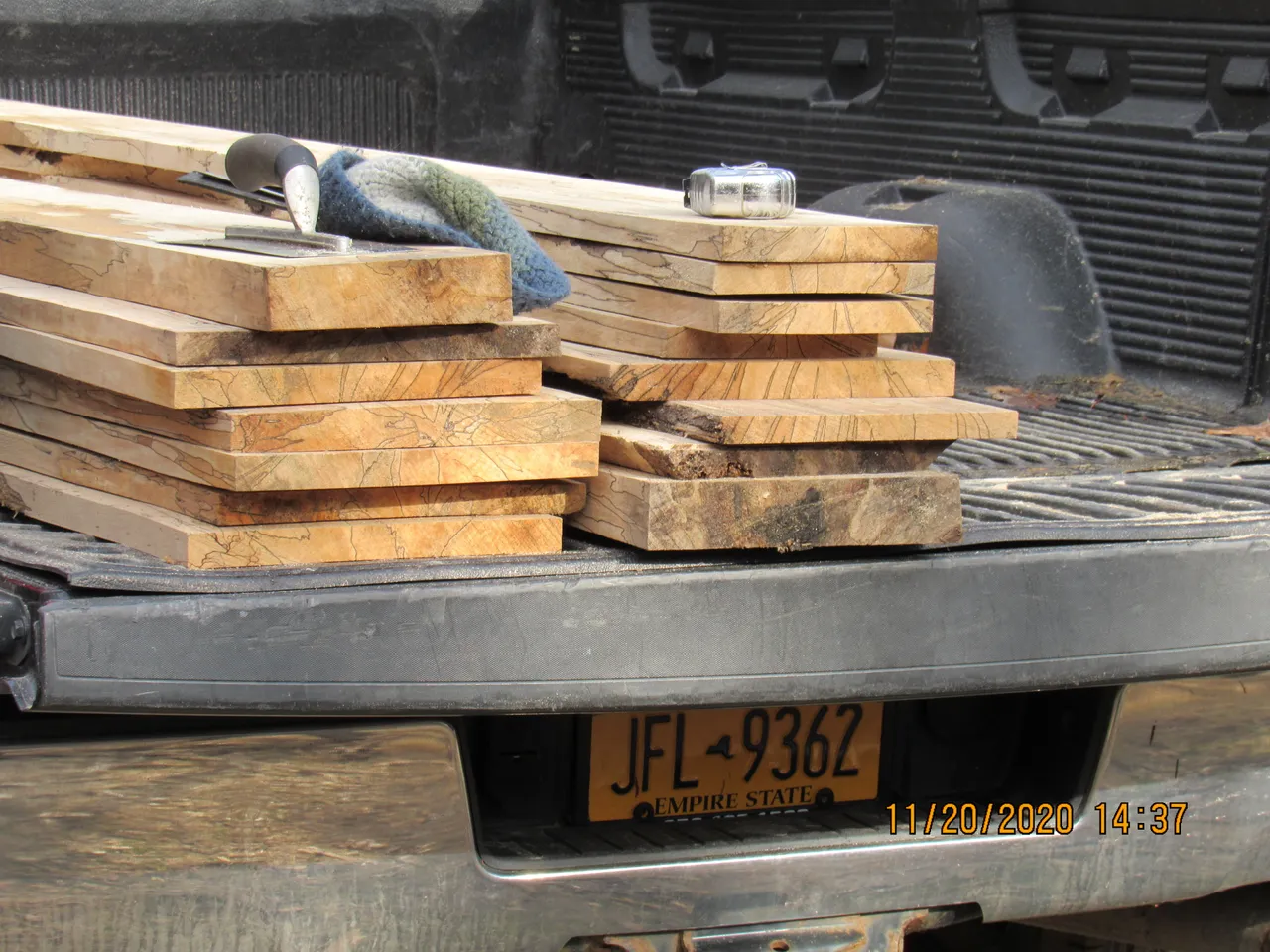
It is found in wood that has begun to decay and is then dried which prevents any further decay. The partial decay, called spalting, can give the wood dark contrasting lines and streaks where the fungus has begun to attack the wood. If the wood has been rescued from the spalting at the right time, the lumber should still be sound and usable, with little to no soft spots or rotten wood.
Although spalting most often occurs with decaying maple trees, sycamore, hackberry, beech, birch, and hickory, go through a similar spalting process as they decay.
It seems as though I caught the spalting process at just the right time. Now that's what you call a successful rescue.
Just to give you an idea of the value of this figured lumber,
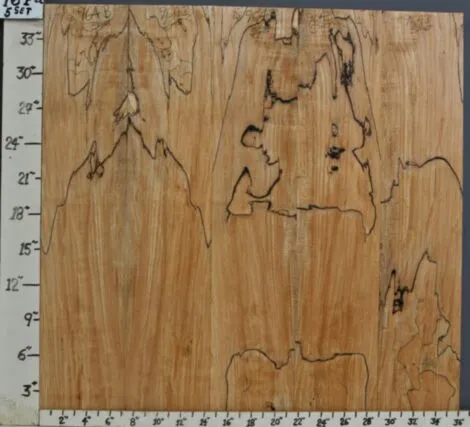
$317.00
NWTB964
AAAAA SPALTED MAPLE MACRO LUMBER 5 BOARD SET 36" X 36" X 1/2 (NWT964B)
https://nwtimber.com/figured-lumber/maple/spalted?figue_2=35
If you recall from my previous post, a board foot is a piece of lumber measuring 1-inch thick x 12 inches long x 12 inches wide.
The board feet in this piece of spalted maple comes out to be 4.5 board feet, not 5bf as is advertised.
that's $70.44/bf
I hope you enjoyed!